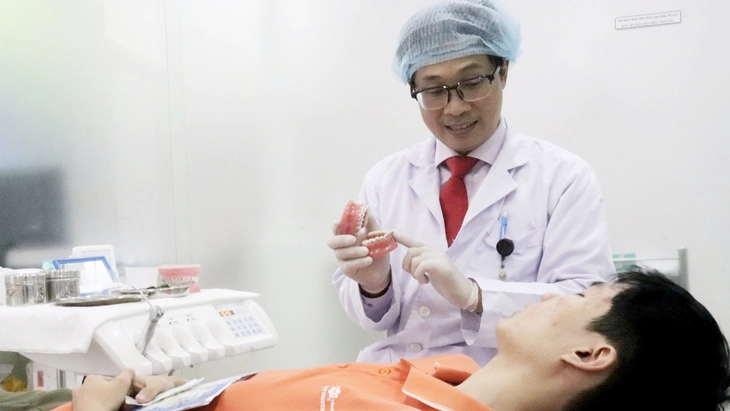
Doctor Truong Quang Toan consults with a patient before orthodontic intervention - Photo: X.MAI
Orthodontics for children is not simply for cosmetic purposes but requires timely and appropriate indications and performed by an orthodontist.
Avoid unnecessary orthodontic intervention
With the desire for their children to have beautiful teeth and more confidence, many parents have their children get braces early. Along with that, dental clinics are increasingly developing. To attract parents, many clinics use images of children's teeth before and after braces, creating the feeling that if children do not get braces early, they will miss the "golden period".
Seeing that her 7-year-old daughter's teeth were slightly crooked and protruding, Ms. MA (30 years old, living in Ho Chi Minh City) decided to take her to orthodontics. After examination, the orthodontist said that Ms. A's daughter did not need any intervention and was in the process of losing her natural teeth.
Talking to Tuoi Tre, Dr. Truong Quang Toan - Head of the Orthodontics Department of the Ho Chi Minh City Hospital of Odonto-Stomatology - said that the need for beauty is increasing, the number of people coming to the hospital for orthodontics has also increased significantly over time. Each year, the department receives about 1,000 - 1,500 orthodontic cases.
In the context of socialized healthcare , the number of specialized dental clinics is increasing. According to Dr. Toan, this brings convenience and diverse choices for people, but also carries potential risks.
Orthodontists need to accurately diagnose the condition, establish the correct treatment plan as well as have clinical experience and skills to bring the best treatment results for patients in terms of both aesthetics and function. Especially for children during the growth period, the formation of the maxillofacial structures can easily affect the health and psychology of children.
"It is good for parents to be aware of bringing their children to orthodontics early because there are some types of misaligned teeth that if intervened late will lose the opportunity to treat for the child. However, the main problem is that the doctor must have the knowledge and experience to diagnose and treat correctly, avoiding intervening in children's teeth too early or too late or unnecessarily," Dr. Toan added.
Regular dental check-ups for timely and appropriate intervention
Dr. Toan emphasized that orthodontics for children needs to be prescribed at the right time, for the right disease, and performed by an orthodontist.
The time for children to start orthodontic examination is usually around 6-7 years old (when the permanent incisors begin to grow). However, depending on the child's bad oral habits or how misaligned the molars are, they may need to go for orthodontic examination earlier.
Doctor Pham Quynh Huong - Department of Dentistry, 108 Military Central Hospital - said that the right time for orthodontic treatment will depend on many factors. If a child has a jaw problem, often due to genetics (can be seen in parents or relatives) such as overbite or underbite, the best time to intervene is before puberty.
If the child does not have any bone abnormalities but only has mild dental misalignment (such as crowding, crooked teeth...), it can be monitored until after puberty - when the child has grown all permanent teeth (around 12-13 years old) to perform braces effectively and with less recurrence.
According to Dr. Huong, parents should take their children to see an orthodontist as soon as the first signs of baby teeth changing (around 6 years old) and maintain regular check-ups 1-2 times a year. Unlike regular dental check-ups, orthodontic check-ups focus on evaluating the bite, the direction of tooth growth, jaw bone development and providing appropriate treatment plans for each stage.
These include deviations that require early orthodontic intervention, although treatment is often gentle and short-term, such as crossbite (lower teeth overlap upper teeth), abnormally tilted or rotated teeth, and lack of space for teeth to grow due to a narrow jaw.
In particular, in cases where children have congenital malformations such as cleft palate, jaw bone abnormalities or early tooth loss, early orthodontic treatment is needed to be combined with later surgical treatment.
In addition, not only relying on film images, the decision on the time of orthodontic treatment also needs to consider the child's level of cooperation. Because with orthodontic appliances, children need to wear them at least 16 hours a day, affecting daily activities, eating, psychology...
In order for children to have beautiful teeth, good eating and chewing function and a harmonious face, Dr. Toan recommends that parents take their children to regular orthodontic examinations so that they can intervene and treat at the right time, with the right indications, bringing the best results in the shortest possible time.
Avoid unnecessary prolongation of treatment time, which is costly and tiring for the patient and can cause unwanted side effects on the growth and development of the child's maxillofacial structure.
Four stages of orthodontics according to age
Doctor Truong Quang Toan lists four stages of orthodontics divided by age, specifically as follows:
1 Orthodontics before age 6: Preventive orthodontics
This is the stage where parents should take precautions through education or simple tools if their children have bad habits that affect the development of the teeth, jaw and face such as: thumb sucking, nail biting, lip smacking, mouth breathing, tongue thrusting...
2 Orthodontics for ages 6-12: Interventional dentofacial orthodontics
This is the mixed dentition stage, when children begin to lose their baby teeth and grow permanent teeth. The doctor will adjust the direction of tooth growth by using pre-orthodontic appliances, sporadic braces (when the tooth roots are complete) or functional appliances... to reduce misalignment, help teeth fit together, and jawbones develop harmoniously.
Note that if the teeth are slightly misaligned, no intervention is recommended, just monitoring is recommended. The doctor needs to be very careful to avoid over-intervention or incorrect timing.
3 Orthodontics for ages 12-18: Comprehensive orthodontics
Most children have grown all their permanent teeth and the misalignment is obvious. At this point, if the teeth are misaligned, the doctor will make comprehensive adjustments using braces or other modern means such as clear aligners. Whether or not to extract teeth depends on the patient's condition and treatment goals.
In cases where the upper and lower jaws are very different, such as underbite or overbite, orthodontics alone is not enough and surgery is needed. The doctor must have experience in diagnosing and prescribing combined jaw surgery (usually after the age of 18 when the jaws have fully developed).
In cases where jaw surgery is definitely needed, the doctor may advise the patient to wait until the age of 16-17 to start braces and then have surgery at the age of 18-19. This helps to avoid wearing braces for too long, causing gingivitis, tooth decay, fatigue... and reduces the burden on the patient.
4 Orthodontics after 18 years old: Orthodontics in adults
The subject is an adult patient (over 18 years old). In addition to the malformation of the maxillofacial morphology, the patient has other dental diseases so it may be necessary to combine other interdisciplinary treatments such as: periodontitis, tooth decay, prosthetics or implants...
In particular, severe cases of jaw bone deviation will be combined with orthodontics and jaw surgery to achieve optimal aesthetics and function. Jaw surgery is a difficult major surgery, which can last 3-9 hours, including cutting and moving the upper/lower jaw bones.
Source: https://tuoitre.vn/ao-at-chinh-rang-cho-tre-khi-nao-can-thiet-20250721232312579.htm



![[Photo] The road connecting Dong Nai with Ho Chi Minh City is still unfinished after 5 years of construction.](https://vphoto.vietnam.vn/thumb/1200x675/vietnam/resource/IMAGE/2025/11/04/1762241675985_ndo_br_dji-20251104104418-0635-d-resize-1295-jpg.webp)

![[Photo] Panorama of the Patriotic Emulation Congress of Nhan Dan Newspaper for the period 2025-2030](https://vphoto.vietnam.vn/thumb/1200x675/vietnam/resource/IMAGE/2025/11/04/1762252775462_ndo_br_dhthiduayeuncbaond-6125-jpg.webp)
![[Photo] Ho Chi Minh City Youth Take Action for a Cleaner Environment](https://vphoto.vietnam.vn/thumb/1200x675/vietnam/resource/IMAGE/2025/11/04/1762233574890_550816358-1108586934787014-6430522970717297480-n-1-jpg.webp)
![[Photo] Ca Mau "struggling" to cope with the highest tide of the year, forecast to exceed alert level 3](https://vphoto.vietnam.vn/thumb/1200x675/vietnam/resource/IMAGE/2025/11/04/1762235371445_ndo_br_trieu-cuong-2-6486-jpg.webp)
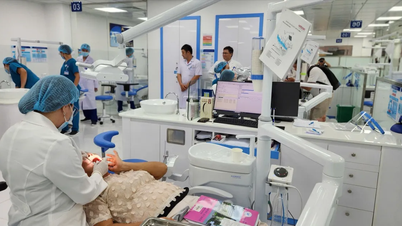

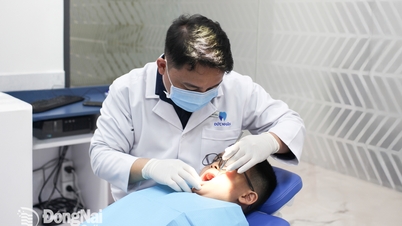

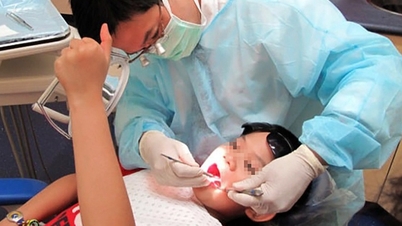




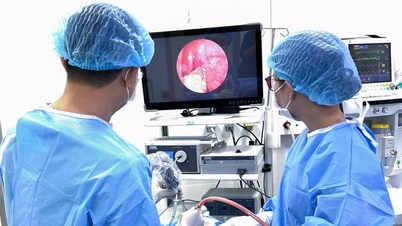





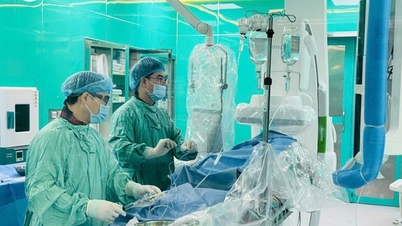











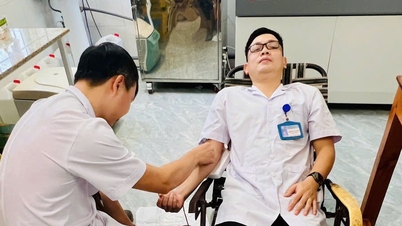









































































Comment (0)